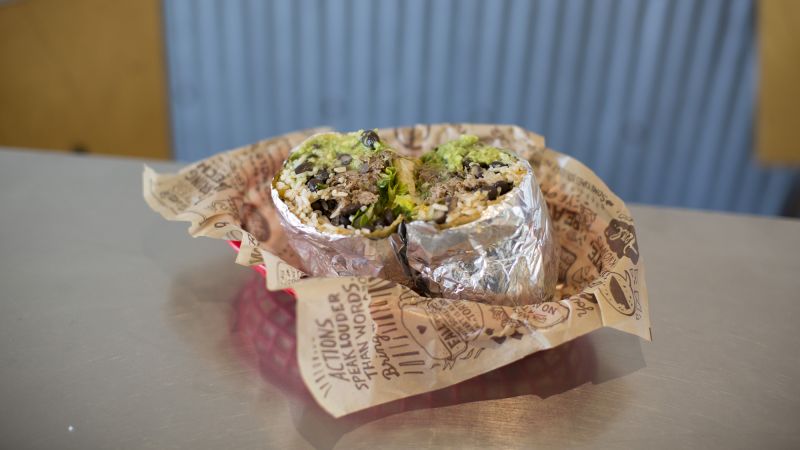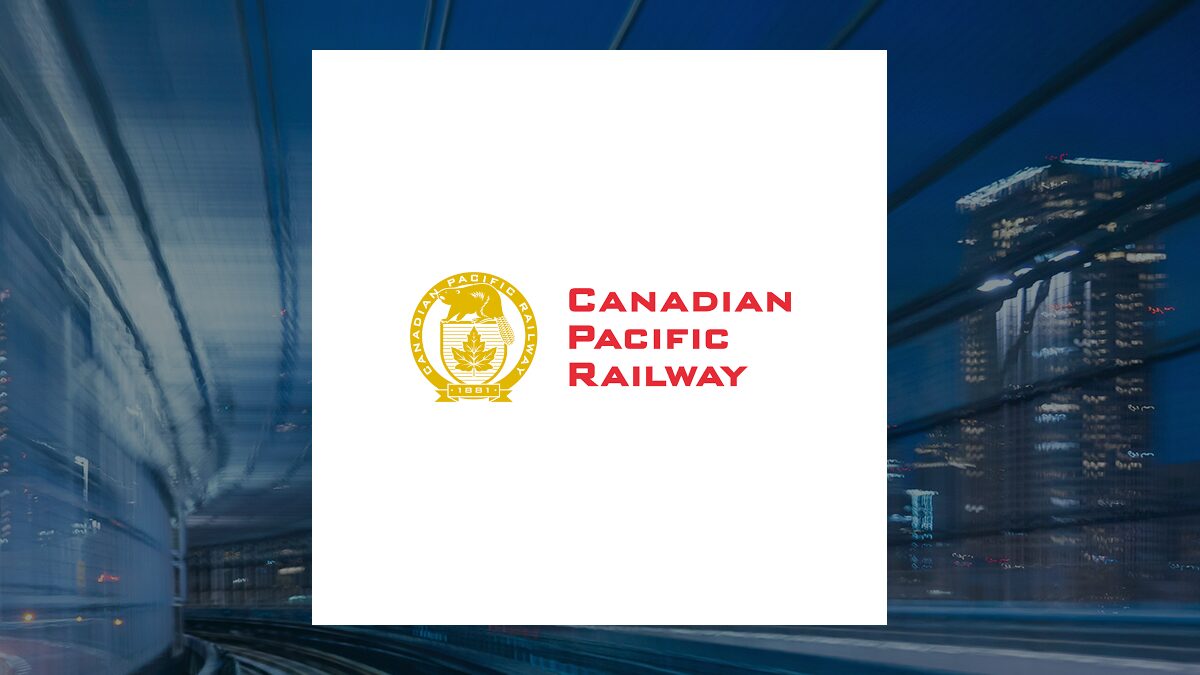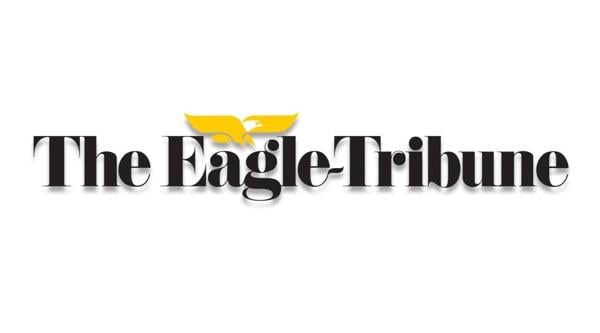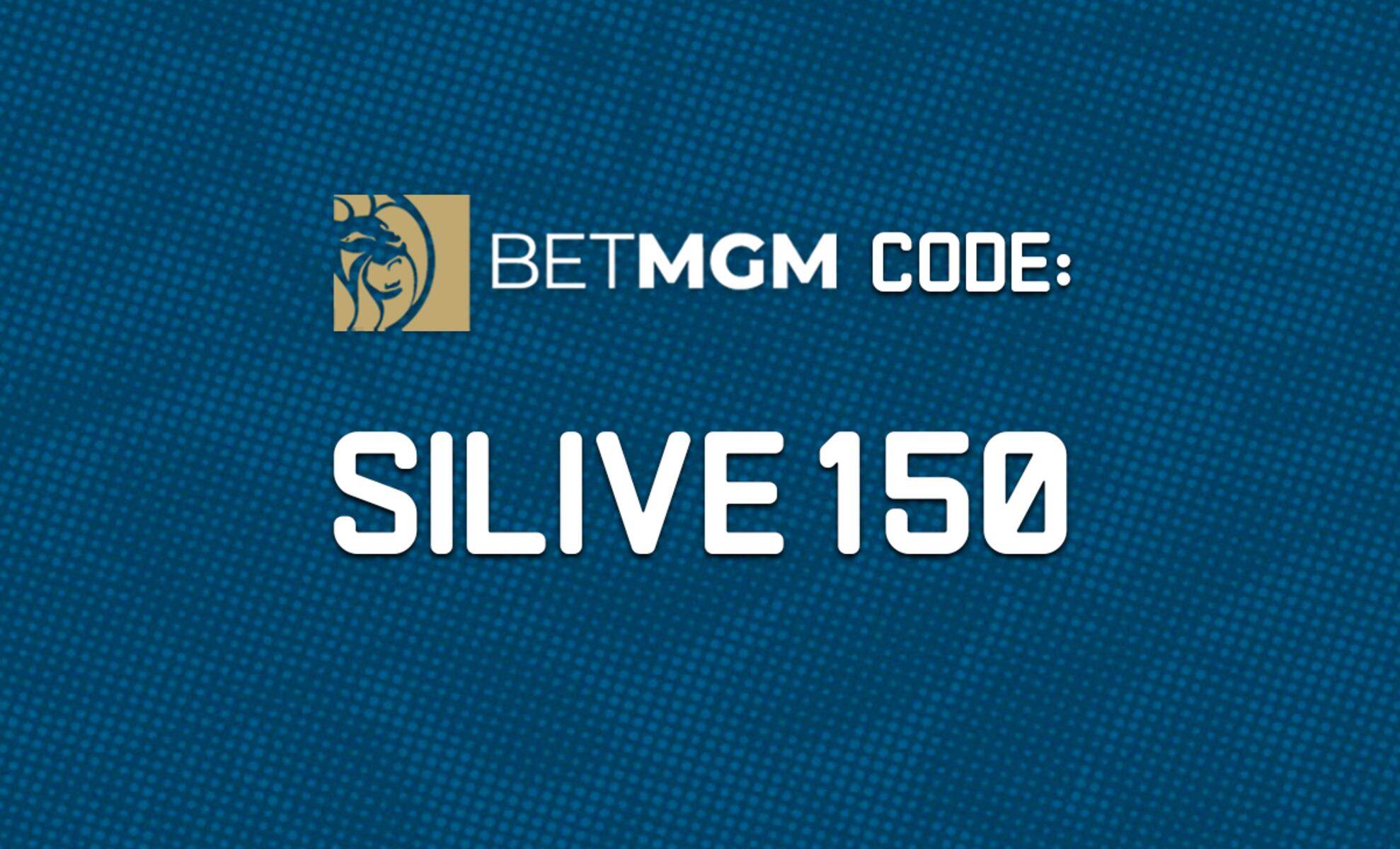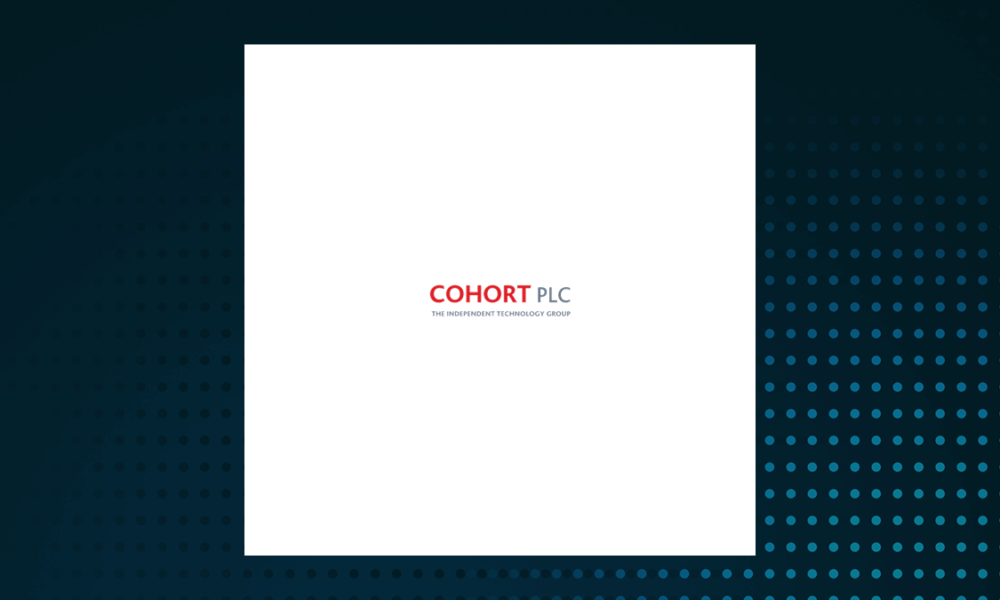America’s economy presents a complex picture, with growth in some sectors contrasting sharply with growing challenges for a significant portion of the population. Recent earnings reports reveal that while consumer spending remains robust overall, companies like Chipotle are experiencing a downturn, especially among their core demographic of young and lower-income consumers.
On October 25, 2023, Chipotle announced disappointing earnings for the third consecutive quarter, prompting the company to reduce its sales-growth forecast. The primary factor behind these struggles is a noticeable decline in consumer spending among younger and lower-income customers. Chipotle’s CEO, Scott Boatwright, highlighted this issue during the earnings call, stating, “We’re not losing them to the competition; we’re losing them to grocery and food at home.” He emphasized that many consumers now see Chipotle as unaffordable, particularly those in households earning less than $100,000 annually, who account for approximately 40% of the chain’s sales.
The situation reflects a broader trend in the economy. Many young adults, particularly those aged 25 to 34, who generate a quarter of Chipotle’s revenue, are “pulling back meaningfully.” Boatwright attributed this shift to a more discerning consumer base that is feeling financial pressure, leading them to skip premium offerings like guacamole.
Contrastingly, some sectors are thriving despite economic uncertainty. Crocs CEO, Andrew Rees, noted that while lower-income consumers are exercising caution, a segment of affluent North American consumers continues to spend on luxury items. Rees remarked, “There is a portion of our North American consumers that are highly affluent… but there is a large portion of consumers who are nervous.”
Coca-Cola also reported divergent performance. The company’s Chief Operating Officer, Henrique Braun, indicated that demand for premium brands like Topo Chico and Smartwater remains strong, even as they address affordability concerns for lower-income consumers by reducing sizes and prices on lower-end products. Braun stated, “When we look from a consumer point of view, we continue to see divergency in spending between the income groups.”
This phenomenon has been characterized by economists as a “K-shaped” recovery, where wealthier consumers continue to thrive while lower-income individuals face increasing difficulties. Jerome Powell, Chair of the Federal Reserve, recently commented on this divide, noting that many large public companies report struggles among lower-income consumers who are shifting to lower-cost products.
The economic disparity is evidenced by data from Moody’s Analytics, which indicates that the highest earners are capturing an increasing share of overall spending. Wealthier Americans have benefited from a stock market that has risen 17% this year, alongside job security and rising home values. In contrast, lower-income Americans often live paycheck to paycheck, with wages failing to keep up with inflation.
As the economy continues to evolve, the challenges faced by lower-income groups are exacerbated by rising costs and dwindling support from government safety-net programs. Following the pandemic, there was a brief period of wage growth for lower-income workers and a narrowing of the wealth gap, thanks in part to government stimulus. However, as inflation surged and interest rates reached multi-decade highs, many have found themselves struggling once more.
The enduring nature of this K-shaped economy poses significant challenges for policymakers. The disparity in consumer behavior reflects broader economic realities, raising questions about the sustainability of growth in the face of increasing financial pressure on a substantial portion of the population. As companies like Chipotle adapt to shifting consumer preferences, the impact of economic inequality will remain a pressing concern in the months ahead.

